4th day in London
- soniamelodias

- Jan 20, 2019
- 13 min read
September 10, 2018, our fourth day in London.
After another great breakfast at the Henley House Hotel, the 4th day itinerary begun with a long subway ride to Baker Street.
At The Tube is where we can best understand the multiculturalism of London. It is indeed extraordinary the diversity of races and ethnicity that we can observe. It is not by chance that London is called the modern world´s Babel. But regardless of nationality or origin, what happens to be common to all people we´ve encountered is their posture, their way of being, of interacting with others. They may not seem as "warm" as the Portuguese people, but I assure you that, in terms of education, they are outstanding, much more discreet and mostly keep to themselves, exactly my kind of people.
Some say that they are more cold hearted than us, Latinos. Personally, I consider them more rational and evolved. Like all else in life, there has to be a balance. It is not always easy to combine rational and emotional intelligence. From my point of view, education is always positive and if it's British, then it´s just icing on the cake!
On the other hand, as I´ve said many times, the world needs more people capable of compassion and empathy, but this is applicable in England, Portugal, China, anywhere in the world.
Sherlock Holmes is one of the great characters in London. The museum that recreates his residence is located on Baker Street, obviously!
Created 130 years ago by Arthur Conan Doyle, the detective remains so alive in the popular imagination that he still receives letters at his home, as if he were a real person, not a character made up by the sharp mind of a writer.
The nearest subway station is called Baker Street (no surprise there), one of the oldest that exists in London´s subway and hence the world.
When leaving the subway, attention must be paid to the walls: on some platforms, they contain images of Sherlock Holmes and his unmistakable pipe. When leaving the station however, we must pay attention to the outstanding statue that pays tribute to the detective himself.
The Sherlock Holmes Museum is not indicated for the average tourist who wants to get the largest possible number of photos during their stay. The museum is specifically aimed at fans and readers of the detective's adventures.
Built in 1815, it displays the same features as the Sherlock Holmes residence, the Conan Doyle character, even with the view of Baker Street from the studio.
Except for the most famous detective in literature, it's all there: the violin, the pipe, the armchair, the fireplace, the books, the test tubes, and the whole residential universe of a character who made logic his greatest weapon. It´s as if, for a moment, reason was lost, and Arthur Conan Doyle´s stories came to life.
Interestingly enough, the door number of the museum is not 221b, but 237-241.
At Madame Tussauds you will find perfect wax figures of great stars of the artistic world and historical personalities such as the Beatles, Churchill and Gandhi. It is located in a beautiful area, close to Baker Street, Sherlock Holmes House and Regent's Park.
The idea of this museum is to perfectly recreate the most important names in the arts and culture. Some of the wax figures are so well made, they look real. For you to have an idea of the likelihood of creations, on more than one occasion, press sites have published photos of the Queen's wax figure as if it were Elizabeth II herself.
The Wax Museum has no officially defined creation date, but it was from 1835 that it settled in London, close to where it is today. Before that, Marie Grosholtz, Madame Tussaud, traveled the British islands exposing her sculptures to the public.
Marie Grosholtz was born and raised in France and learned the art of wax modeling with Dr. Philipe Curtius, for whom her mother worked as a governess. Curtis's exhibitions were famous, and soon Marie's talent was also recognized. When Curtis died, he left his collection to Marie, who later married the French engineer François Tussaud.
At that time, France was suffering with the Revolution and, in order to continue her exhibitions, Marie decided to leave, towards the United Kingdom, with her eldest son. In 1822, the wreck of a ship caused the loss of many of the museum items. The wax museum suffered another casualty, in 1925, in a fire that destroyed relics of the Napoleonic era. In 1940, during a bombing of World War II, more than 300 figures were destroyed. Ten years later, Madame Tussaud passed away. Her creations, however, remain on display, alongside several new wax figures, made since that time.
These wax figures at the Madame Tussauds museum are eerily real. On top of that, they now invented one that actually has a heartbeat. I confess that I consider them a bit creepy ( the ones that represent real people, not the ones that represent super heroes or film characters, these are amazingly cool ), and we must give credit to the art and immeasurable talent of those who make them.
Whether day or night, Piccadilly Circus is a mandatory visit!
It is located at the crossroads of Regent Street, Shaftesbury Avenue, Piccadilly Street and Haymarket Street. Its fame is due to the presence of giant advertising panels and the statue of Eros, an angel built entirely of aluminum. In the surroundings, there are some of the biggest brand stores in the world. It is also a point of connection to several other very popular London attractions, such as Leicester Square, Trafalgar Square and Soho.
On top of the Shaftesbury Memorial, erected in 1893, lies the statue of an angel, sculpted in aluminum, by Sir Alfred Gilbert. The idea of the statue was to portray the Greek god Anteros, brother of Eros, in order to symbolize the charitable love of the Earl of Shaftesbury. But the two gods were very similar in physical appearance, and almost everyone today believes the statue represents Eros, the most famous brother. When inaugurated, at the end of the nineteenth century, the statue provoked several criticisms for associating a naked figure to the honored count.
The fame of Piccadilly Circus began to be built in the 60s, with the expansion and proliferation of shops and tourism. Its advertising panels, called Piccadilly Lights, have already been seen in several films and photographs. Advertising from Coca-Cola, Sanyo, TDK and McDonald's has been around for decades. Annually, it is estimated that more than 2,5 million people pass by here by taxi, 17 million buses and 34 million by foot.
A small sample of what is called the West End of London, where one can watch conventional professional theater staged in the major theaters of "Theatreland".
We made a very brief passage through Chinatown London, witch is an ethnic enclave in the city of Westminster. It contains a number of Chinese restaurants, bakeries, supermarkets, souvenir shops and other Chinese-run businesses.
Who would like to have loads of fun in the super Lego Store? It's a giant store where not only kids, but also adults can have a great time. It´s located in Leicester Square.
Right in front of the Lego store, there´s another mega store,for chocolate lovers: M&M.
The National Portrait Gallery has the most extensive collection of portraits in the world. With more than 1,000 works on display along three floors, from Elizabeth I to David Beckham, the gallery offers a magnificent estate that transcends aesthetics and exposes great men and women of British culture and history.
The collection includes Kings and Queens, Dukes and Duchesses, Politicians and Writers, Scientists and Philosophers, Soldiers and Actors, many portrayed by renowned artists.
Established in 1856, it spent 40 years migrating from East to West London, until the inauguration in 1896 of its definitive headquarters at St Martin's Place, whose Renaissance architectural style sought not to disrupt the nearby National Gallery.
However, by the time the works were completed, space was no longer sufficient for the gallery's growing collection, and an annex was only inaugurated in 1933. Throughout the second half of the twentieth century, reforms and adaptations were made, and a new gallery was opened in the year 2000.
Currently, the National Portrait Gallery is home to paintings, photographs, drawings and sculptures of important figures in the political, scientific and artistic areas spread over its three floors. Portraits are organized in a chronological order, beginning in the Tudor era (1485-1603), and featuring celebrities such as William Shakespeare, Charles Darwin, Oscar Wilde, Winston Churchill, Paul McCartney, Francis Bacon and JK Rowling, as well as major members of royal families. This gallery provides a continuously updated impersonation of British history.
"The National Portrait Gallery is a collection of people - their stories and their narratives through time and history. And it's a great way to understand these people and Britain", explains Sandy Nairne, gallery director. "The more than 1 thousand works cover the last five centuries of British inspiration, discoveries and achievements. When the gallery was created, it was thought of as a collection of the most eminent people in British history. Now we interpret its function in a broader way, and we are delighted that the variety of portraits gives, we hope, an exciting notion of how the people make this wonderful country. This is a collection for everyone. "
Well, unfortunately, this museum did not captivate me.
English National Opera is the London-based opera company, located at the London Coliseum, St. Martin's Lane. It is one of the two leading opera companies in London, along with the Royal Opera, Covent Garden. The productions of this company are sung in English.
The company's origins dates back to the late 19th century when the philanthropist Emma Contras, later aided by her niece Lilian Baylis, performed theatrical and operatic performances at the Old Vic in an area close to London to the benefit of local people. From that beginning, Baylis created both the opera and the theater company, and then added a ballet company; these have evolved into the English National Opera, the Royal National Theater and the Royal Ballet.
The National Gallery is considered one of the most important art galleries in the world. And this is not by accident: in here you can find paintings by artists of the stature of Leonardo da Vinci, Botticelli, Caravaggio, Raphael, Michelangelo, Monet and Van Gogh. In addition to the valuable works exhibited, its architecture in neoclassical style is quite emblematic.
This museum was founded in 1824 when the British government bought the entire art collection of a famous banker of the time, as well as his mansion. So the house was open to the public. Soon, a building was built in the middle of London, on Trafalgar Square, specifically to house the collection. The museum was known and visited only by the English elite, but the news of a building of unique architecture with such a vast collection spread all over Europe and visitors came from various countries to visit the museum. Gradually, the place was no longer so elitist, and many educational programs have been deployed, thus opening up an opportunity for all classes to visit the site as it is today.
Trafalgar Square is the main square in London. The name comes from the Battle of Trafalgar, in which the British defeated Napoleon's forces. The square is the center of London, in Westminster, glued to the government buildings.
Spread across the square are several monuments. At the bottom of the square is the beautiful National Gallery, one of the world's leading art museums. From the top of a 50-meter column, the statue of Admiral Nelson (to the right), hero of the battle, watches the frenzy of the city, guarded by four bronze lions at its base. These lions were carved based on the lions that inhabited the Tower of London, before the transfer of the wild animals to the London Zoo. Two years after this monument was completed, two fountains were added to the square. In 2013, a space for temporary sculptures was created.
Lions are not the only animals remembered in the square. The Trafalgar Square Rooster, a 4-meter-high blue sculpture created by the German artist Katharina Fritsch was inaugurated in July 2013 and remained in the fourth pillar of the square until March 2015. In early March 2015, the skeleton of a horse took up the space of the rooster. Hans Haacke's work was a tribute to the economist Adam Smith and the painter George Stubbs. The sculpture is based on a Stubbs drawing, published in 1766. Tied up in one of the horse's paws, was an electronic display of the London Stock Exchange.
Before it became a square in 1820, the place, now occupied by Trafalgar Square, was part of the adjacent stables of Whitehall Palace. It was then that the prince regent of the time decided to create a place of leisure in the center of the city. Originally the name would be a tribute to King William IV : "King William the Fourth's Square" - but one of the architects of the square suggested Trafalgar, and it was officially baptized in 1830.
St Martin-in-the-Fields has a privileged location on Trafalgar Square, next to the National Gallery, which, along with its architecture and cafeteria, make it one of London's most visited churches.
The first references to the church date back to the 13th century. Rebuilt in 1542, by Henry VIII, St Martin-in-the-Fields lived up to its name at the time: it stood at a secluded post between the cities of Westminster and London.
After surviving the Great Fire of 1666, it was replaced by a new building, designed by James Gibbs in 1726. Initially, the design was criticized throughout England, but soon began to be copied, mainly in the United States.
Down the stairs from St Martin-in-the-Fields, you will find one of London´s special treats: the Cafe in the Crypt. As the name reveals quite eloquently, it is a cafeteria in the church's crypt, which serves food and drinks, at prices not as aggressive as those of other cafes. The place serves traditional breakfast, a mini afternoon tea, soups, cakes, scones and a lot of other delights.
It's a must-see place, surrounded by mysticism.
The famous double decker line 15.
The Waterloo Station is also known as London Waterloo and is a central London terminal on National Rail in the United Kingdom, located in the Waterloo area of London's Lambeth district. It is connected to a London subway station with the same name.
The station was first opened in 1848. It was never designed to be a terminal, since the original intention was to continue the line towards the city of London and, as a consequence, the station developed in a random way, leading to difficulties in finding the right platform.
The station was rebuilt in the early twentieth century, reopening in 1922, and included the Victory Arc over the main entrance, which commemorated World War I.
Waterloo was the last London terminal to provide steam-powered services, which ended in 1967. The station was the London terminal of Eurostar international trains from 1994 to 2007, when they were transferred to St. Pancras International.
Waterloo is the busiest railway station in the UK. It is also the largest station in the country in terms of space and has the largest number of platforms, 24. When combined with Underground stations and Waterloo East, it is the busiest station complex in Europe.
Westminster Bridge is an arched bridge over the Thames River in London, which connects the boroughs of Westminster and Lambeth. It was inaugurated in 1862, after years of embargo of the Parliament, and, at the moment, constitutes the oldest bridge of the city. The arches are traditionally painted green in reference to the House of Commons, headquartered in the Palace of Westminster, next to the bridge.
It lies between the Lambeth Bridge, traditionally painted red, and the Hungerford Bridge.
Unfortunately, there has also been a terrorist attack here, in March 2017. The bridge is reinforced by cement barriers that attest to this unfortunate event.
Big Ben is the largest symbol of London, England and the United Kingdom. But the nickname "Big Ben" refers to the bell tower of Parliament and not to the clock, which owes its name to Sir Benjamin Hall, minister of public works responsible for installing the bell in 1859 and was dubbed "Big Ben" for being a bulky man.
South Bank is a shopping and entertainment district in central London, next to the Thames River, opposite the City of Westminster. It forms a narrow strip of riverside land within the London borough of Lambeth and the London borough of Southwark.
Although South Bank is not formally defined, it is generally understood to be limited by the Westminster Bridge and Blackfriars Bridge, and should be centered approximately 800 meters southeast of Charing Cross. The name South Bank was used for the first time in 1951, during the Festival of the Great Britain.
The area's long list of attractions includes the County Hall complex, Sea Life London Aquarium, London Dungeon, Jubilee Gardens and London Eye, South bank Center, Royal Festival Hall and National Theater.
The London Eye is the fourth largest Ferris wheel in the world and one of the most disputed tourist attractions in London.
It is 135 meters high and serves as an observatory of the city. It was built for the celebration of the passing of the millennium and had a pre-programmed existence time of five years. But, just as the Eiffel Tower in Paris, which would also be dismantled later, the London Eye has become a landmark and is already part of history as a great monument, rooted in the landscape of London.
The London Eye is huge: at 135 meters high, a single turn takes 30 minutes. In its 32 capsules, the Ferris wheel holds up to 800 people at any time - 25 per unit. The slow motion allows the traveler to board without the Ferris wheel stopping and it also favors the photos from inside the capsules. Inside each one, passengers stand upright and have 360 degree views of the city. The preferred target of the cameras is the Palace of Westminster, which houses Parliament and Big Ben.
The London Eye receives nearly 4 million visitors each year. But not always the receptivity to this wheel of 135 meters of height was positive. At its inauguration in March 2000, more conservative observers feared that the metal giant could disrupt the landscape of Westminster, the center of power and royalty of the British capital. Years later, the thunderous success of the attraction transformed what would be a temporary structure into a London icon, a postcard that serves as the setting for movies, series and travel memorabilia.
In the 1990s, several projects were presented to mark the millennium transition in London.
The big wheel design was chosen and, even after many financial setbacks and some expressions of repudiation against the monument, the London Eye came off the paper and became a reality. By 31 December 1999, the Ferris wheel was to be inaugurated, and it was indeed, but the first round did not carry any passengers: one of the cabins had not been approved in the security inspection. Before that, delays had already occurred, due to problems in building the structure.
I can tell you this is an experience you won´t forget and totally worth the money!
If you want to economize, as all paid attractions in London are quite expensive, my advice is to opt for combined tickets. We bought the London Eye ticket along with the Madame Tussauds on the net. It is substantially cheaper.
The views are breathtaking, but the wheel moves so slowly it seems to be standing still, we truly don´t realize that it is actually rising. The wheel does not stop except in special situations, such as people in wheelchairs. Of course, I wouldn´t recommend it for everyone, in the capsule ahead of us, there was a person who threw up.
It is a very special attraction, which is most definitely worth the visit!
#bakerstreet #sherlockholmesmuseum #madametussaudslondon #piccadillycircus #theatreland #chinatownlondon #legostorelondon #mmstorelondon #nationalportraitgallery #englishnationalopera #nationalgallery #trafalgarsquare #staintmartininthefields #cafeinthecrypt #doubledecker #waterloostation #westminsterbridge #bigben #southbank #londoneye






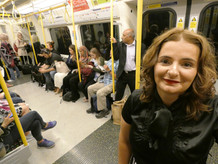















































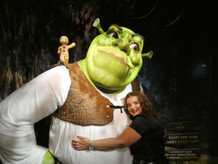












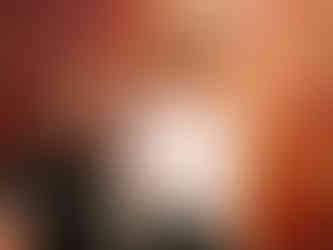








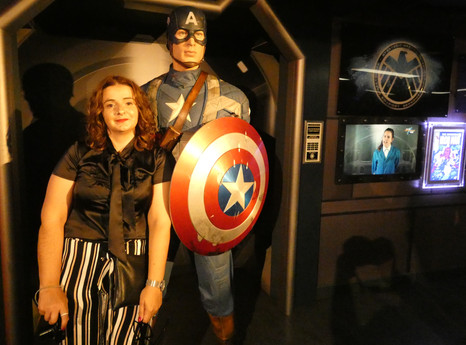



















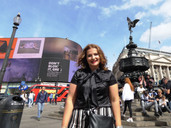





































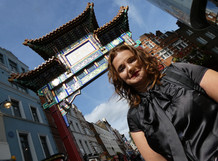



































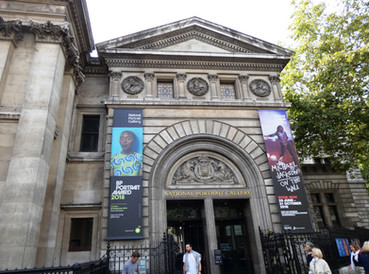



















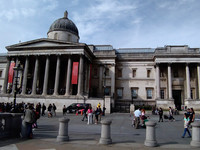












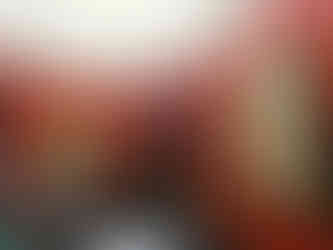

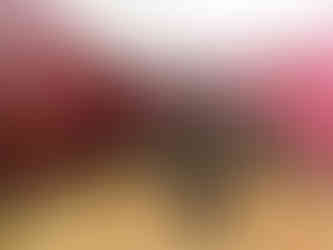






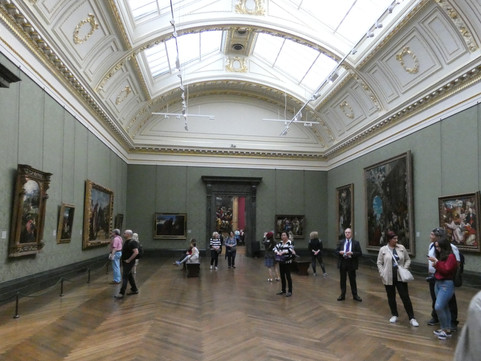












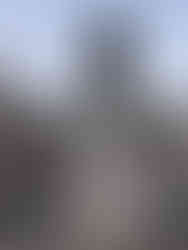











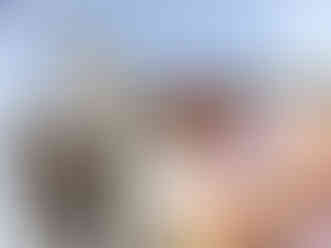









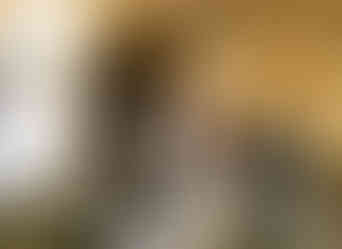















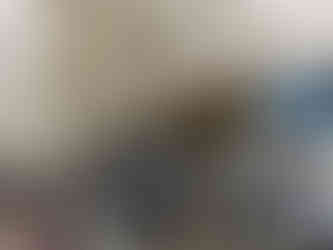








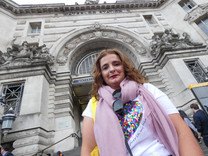







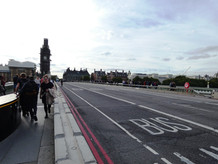














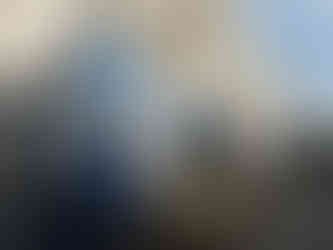


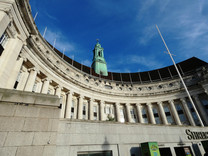
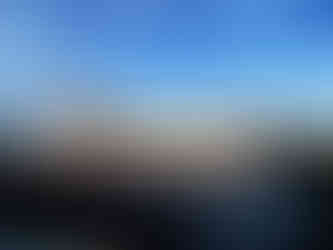






























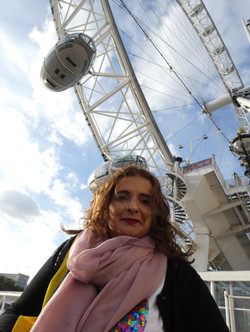

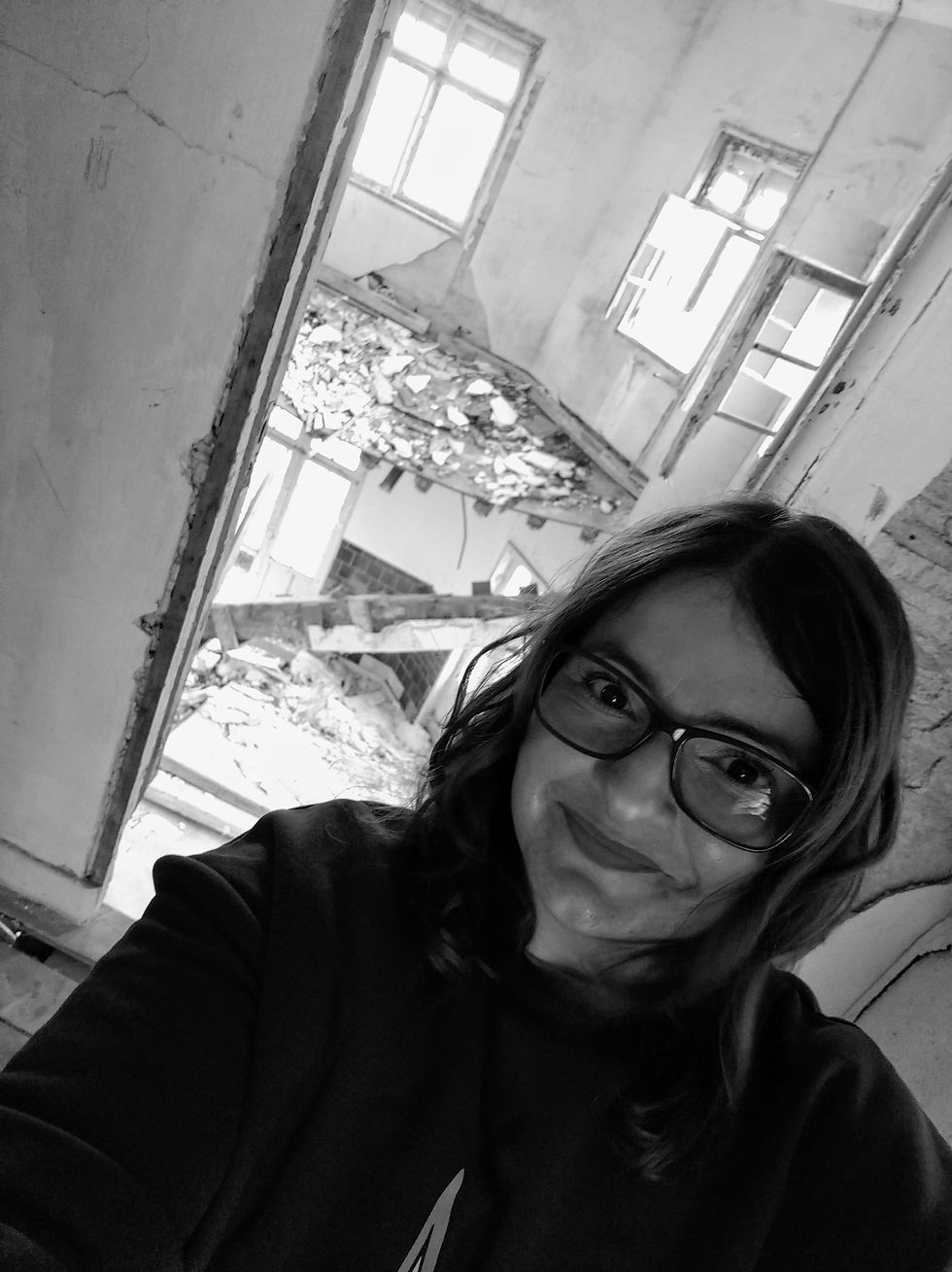

Comments